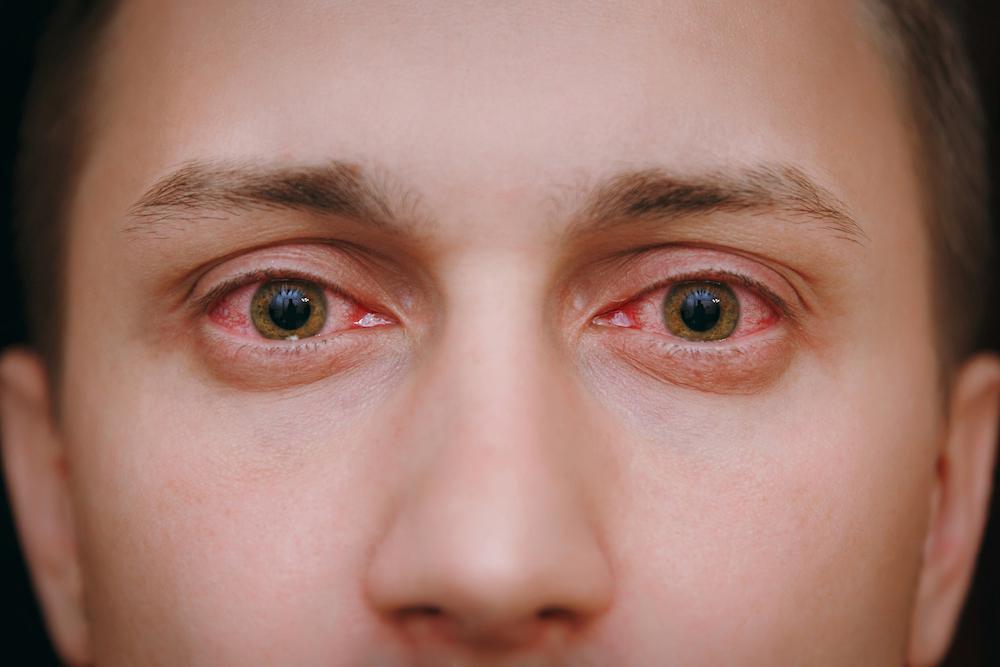Understanding Lacrimal System Disorders

When most of us think of tears, we think of crying over something sad or, sometimes, something really happy. But our tears do a lot more than show our emotions. They also play a critical role in keeping our eyes healthy.
When something goes wrong with the way your tears are produced or drained, it can have serious consequences for your vision.
Rostami Oculo-Facial Plastic Consultants is a leading provider of state-of-the art treatments for disorders of the lacrimal system, the system responsible for tear production and drainage. Knowing the symptoms of lacrimal system disorders is the first step toward making sure those problems are treated early, before serious problems develop.
Heres how our practice treats tear-related problems at our Reston, Virginia, practice.
How the lacrimal system works
The main purposes of the lacrimal system are to produce tears, distribute them to the eyes surface, and then drain the tears away, along with any debris from the surface of the eye. Tears help keep your eyes clean and free of germs and tiny particles that could irritate the eye or cause infections or disease.
The lacrimal system produces different types of tears at different times:
- Psychic tears are produced when we cry as a result of an emotional stimulus
- Reflex tears form when your eyes are irritated by debris
- Basal tears are produced all the time for continual moisture and protection
The lacrimal system is made up of several structures:
- The lacrimal gland, which produces tears and releases them through lacrimal ducts
- Puncta and canals, openings and tubes that allow tears to drain
- The lacrimal sac, a small reservoir for drained tears
- The nasolacrimal duct, which drains tears from the sac into the nose
Tears produced by the lacrimal gland are released into the eye through several tiny openings (ducts). After washing over the surface of the eye, the tear fluid drains through openings at the inner corner of the eye, openings called puncta.
Tear fluid drains through tiny canals into the lacrimal sac before exiting into the nose through the nasolacrimal duct. (This drainage is one reason why a runny nose often accompanies excess tears.)
Common lacrimal system problems
Lacrimal system disorders can involve any part of the system the glands, ducts, or drains and the symptoms you experience can vary based on which part is affected. Some of the more common symptoms include:
- Itchy or burning eyes
- Gritty sensations in the eyes
- Sensitivity to light
- Excessive tearing
- Mucus discharge
- Red eyes
- Swelling and tenderness above the eye
Lacrimal gland infection
If the lacrimal gland is infected, you might not produce as many tears as normal, or the tear film may be unusually thick. Lacrimal gland infection is often associated with pain or discomfort near the gland, mucousy discharge, and sometimes swelling of the upper lid.
Blocked drainage
Sometimes, an infection or other problem affects the openings and canals where the tears drain. When drainage is blocked, bacteria can wind up growing inside the canals, the lacrimal sac, or the nasolacrimal duct.
These infections require prompt treatment to prevent them from spreading and causing more serious problems.
Dry eyes
Dry eye syndrome is probably the most common lacrimal system problem, affecting about 5 million people in the United States. Most dry eye problems are chronic, meaning you need ongoing treatment to manage the symptoms effectively.
Dry eye tends to become more common with age, but it can also occur when a problem affects the lacrimal gland or ducts.
Some types of dry eye syndrome can be diagnosed during a comprehensive eye exam combined with an analysis of your tear film. But many times, a more in-depth exam is required to evaluate the components of the lacrimal system.
Healthy eyes, healthy vision
Most of us take our eyes for granted until something goes wrong. If youre having any type of unusual symptom with your eyes or your vision, dont put off scheduling an exam. Early diagnosis means you can start treatment sooner, so you can feel better and prevent more serious problems.
To schedule your evaluation, call Rostami Oculo-Facial Plastic Consultants at 571-252-3697 or use our online form to book your appointment.
